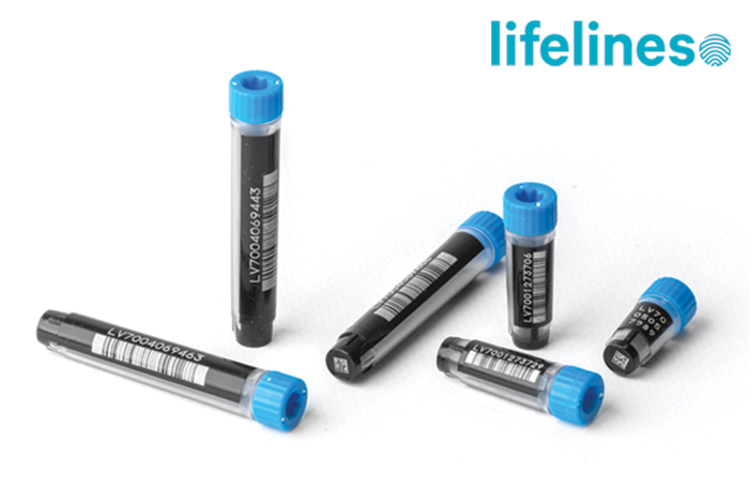
An interview with biobank Lifelines about 2D-coded tubes (LVL-technologies)
Biobank Lifelines conducts scientific research into ways for people to grow old in good health. It is the largest biobank in the Netherlands and holds circa ten million samples of human biological material, including blood, hair and urine. The biobank collects, manages and shares data concerning around 165,000 individuals, which are stored in the biobank's own digital systems and in the so-called Lifestore, an advanced and secure cold-storage facility with an internal temperature of -80°C, where samples are stored. The biobank's data are made available to parties all over the world who hope to make a relevant contribution to healthy ageing with their research.
Biobank Lifelines was born out of the University Medical Center Groningen (UMCG). In 2014, two LLCs were formed: Lifelines Databeheer BV, for the management of human body materials and data, and Medische Biobank Noord-Nederland BV, the work organisation. The biobank is a non-profit organisation with two shareholders: the University of Groningen and the UMCG.
Given the large number of samples that the biobank contains, Lifelines uses a lot of laboratory automation equipment. This equipment is used to divide and store the collected biological materials in 2D-coded tubes.
We asked biobank Lifelines about their use of 2D-coded tubes. Why did the biobank switch to using 2D-coded tubes? What are the benefits of this system? Learn the answers to these and other questions in the interview below.
Read more